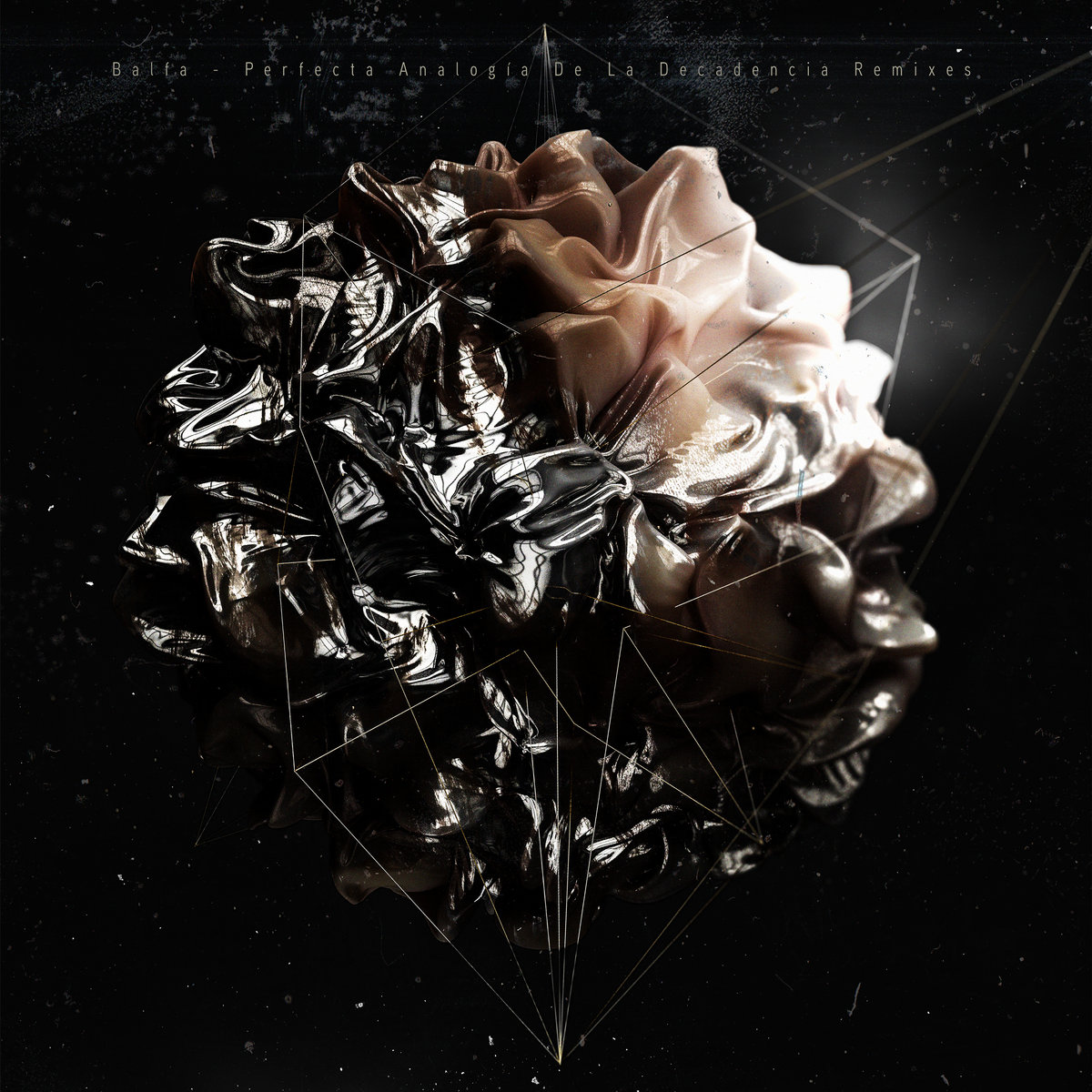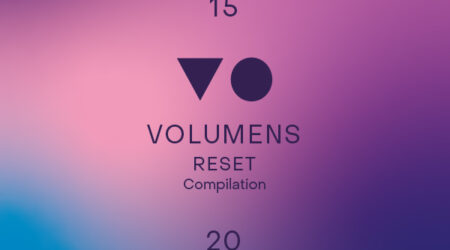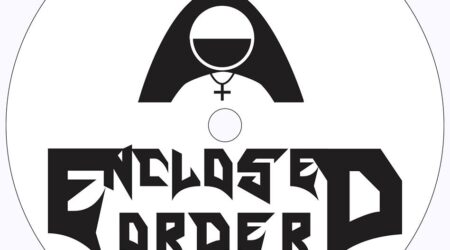Balfa, Blush Response, Gimenö. Behind the Scenes.
In September 2019, Spanish producer Balfa released a release that caught our attention, both for its sonic originality and for the uniqueness of its artisanal elaboration, with devices created by the artist himself. Perfecta Analogía De La Decadencia is an autobiographical album that recounts the author’s experiences during his four years as a resident of the German capital. Musically, it is a very complete repertoire with 14 tracks of experimental electronica in which the Spanish producer uses genres such as dark ambient, uptempo, field recordings and advanced electronics.
This album has recently been redesigned by Oscar Mulero, Blush Response, Roseen, Gimenö and Balfa himself. Unlike the original, this new release is designed for the dancefloor, so each artist has been free to adapt it independently, even Balfa claims this new twist with his techno version of Como Si De Agua Se Tratase.
This article has been devised by Balfa, who interviewed Blush Response and Gimenö. What we can see, in addition to the impressions of both artists, is a video of each of the interviewees where they show us from their studios how they have generated their tracks for this album.
With this promotional code you can get a 50% discount on the purchase digital of the album (BLFL002):
‘industrialcomplexx’
BALFA interviews BLUSH RESPONSE
Hey Joey, it is a pleasure you can give an inside look and go deeper on how you created the remix for my track ‘Posmodernismo’. I made this track the last year I lived in Berlin and because of the rainy and snowy winter I took the Analog Four from my studio to my home. I remember sitting in the sofa and exploring the power of this machine. This is how this track was born.
Hi! happy to have remixed it.
First of all, why you chose this track to create a remix?
It was the one I liked most of the tracks that were
not already chosen.
When listening to the original, did you get an idea of how would be your remix
or did you just jam and things happened?
I knew I wanted the remix to have a different vibe from the track itself. I always do this, if someone sends me a track to remix and its a 140 bpm smasher, I’ll make a point to take it a different way, slower, more calm etc. I try to provide a contrast from the original while also retaining clear relation to it.
You sent me the first mix in July, how has changed the process of making music during the pandemic?
It hasn’t changed for me much at all, I make music daily as I always did. I miss playing live though!
Let’s go deeper, how was the process behind this remix? How did you start?
I listened to the stems of the track for sounds I liked, then I cut those sounds and loaded them into my samplers (in this case octatrack and analogrytm) and started a jam based around those.
Did you resample a lot from the original or did you create new sounds from scratch? How do you twist the original sounds?
I did both, and I just cut pieces of the sounds and sequenced them melodically and used some effects. It’s been a while since now so I can’t exactly remember what effects I used.
What about that kickdrum that hits hard during the whole track?? I really love it! How do you get it?
It’s my analogrytm, but the recipe is my secret 🙂
Tell me more about other gear you used and which was the roll of each piece of equipment.
I used my modular, analogrytm, virus ti, octatrack, and quantum. The RYTM provided drums and also the main synth hook, which was a resampled sound from the stems. The octatrack did the lower bass riff. I used the error instruments Cloudbusting for the drone present through the whole track, and the waldorf quantum and virus TI layered for the big pads that come in later. The waldorf handled the main pad riff and the virus did an extra melody on top.
Do you remember which was the modular patch at the moment? The modular actually only did one sound on this one, the sustained drone using the Error Instruments cloudbusting and Rossum Morpheus
BALFA interviews GIMENÖ [Translated from the Spanish conversation]
The track you chose to remix, ‘Sobreestímulos’, is a special track for me, as it is largely based on a homemade synthesizer consisting of 3 modules: clock, pattern sequencer and an audio generator with two current oscillators. The sound generator doesn’t work anymore, so its sound will remain in this track.
How do you start to shell out my tracks to start your remix?
Well, selecting the sounds I liked the most, mainly synths or atmospheres and also sampling some parts of the original mix to use part of the groove or generate some layers together with other sounds.
Do you sample with the computer or through physical samplers?
With both, first I like to create an idea without beats on the computer to generate melodies pads and fx. Then, I usually add the groove with the machines with which I already have my sound presetsstored and so I give my personal touch to the track. If I see that I can improve a sound with the machines, I import or sample it to the Octatrack or Digitakt.
You have created two versions of the same track, a tool with IDM, techno and breaks touches, and another extra version more developed for the dancefloor. Which elements do they have in common?
The common element is the main sound of the original track which is edited and worked on to be the main sequence of the two remixes, together with some noise and fx layers.
Which one comes first and which one comes after?
Well, I started with the ‘Warp’ remix thinking about making a techno track but I got stuck and after 5 versions I started another remix with a style that I wanted to do more at that moment, it was the best choice because I finished it very fast!
As I had time to finish the other remix, I listened to all the demos and went back to the first version, adding things from the remix I had already delivered and making the whole groove part new with the Digitakt drum machine.
What elements do you use or keep from the original version?
The main synth that is in both versions plus some ‘electric’ sounds and parts of others, creating loops or atmospheres along with effects to add depth.
How do you twist the original sounds? Which is the process behind it?
I really like working with audio in Ableton Live, even when working with synths. I use to record, edit and warp them in different ways until I get completely new sounds. Then, I apply effects to them and always, at some point in the production, I use some external processing with preamps, saturation, EQs and compressors.
The main sequence that runs through the whole track has a filter and saturation that gives it an incredible nuance. How did you work on it?
It’s a very short loop of the original sound adding noise, saturation and an LFO. I duplicated the track and edited the warp differently to create a more open stereo effect with the mixer pans and then automated the filter live to make it more natural.
Tell me more about the machines you used for this remix.
Mainly the drums, pads and effects are made with ElektronDigitakt and Octatrack. I have a lot of presets that I’ve been creating for my live set and it’s very easy to get a more personal sound out of them.
If I remember correctly, both tracks are recorded in a live take, right?
Yes, mainly the Warp version was created and recorded live by syncing the machines with Ableton. The other version was more studio editing and creation by recording parts and putting it all together in the DAW.
Release date: March 21st, 2021.











Deja una respuesta
Lo siento, debes estar conectado para publicar un comentario.